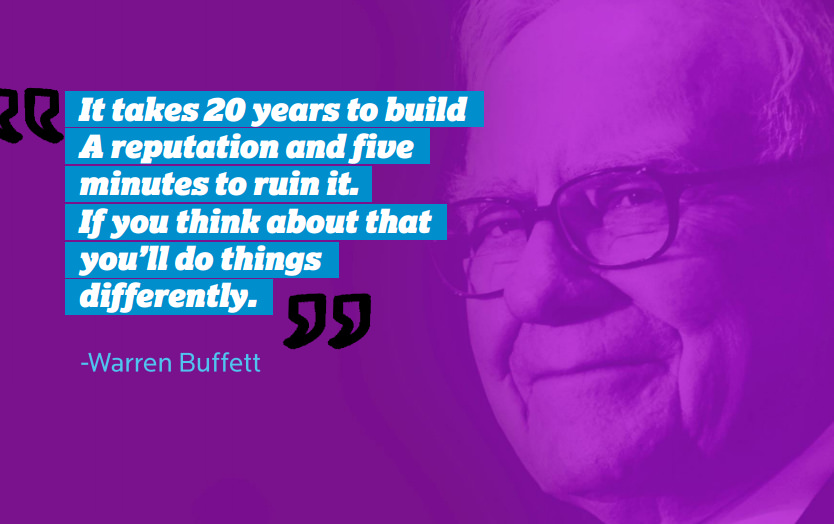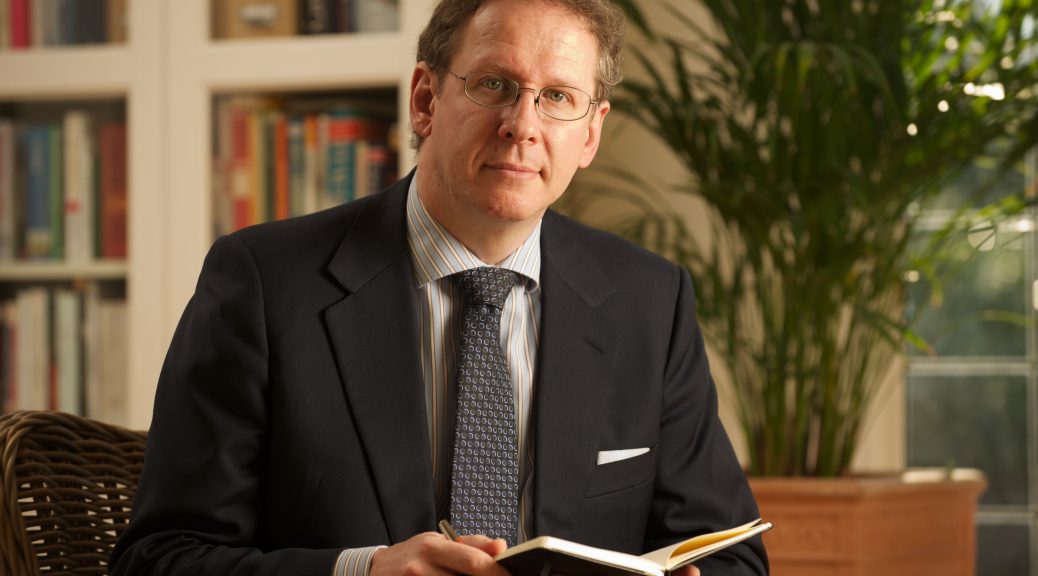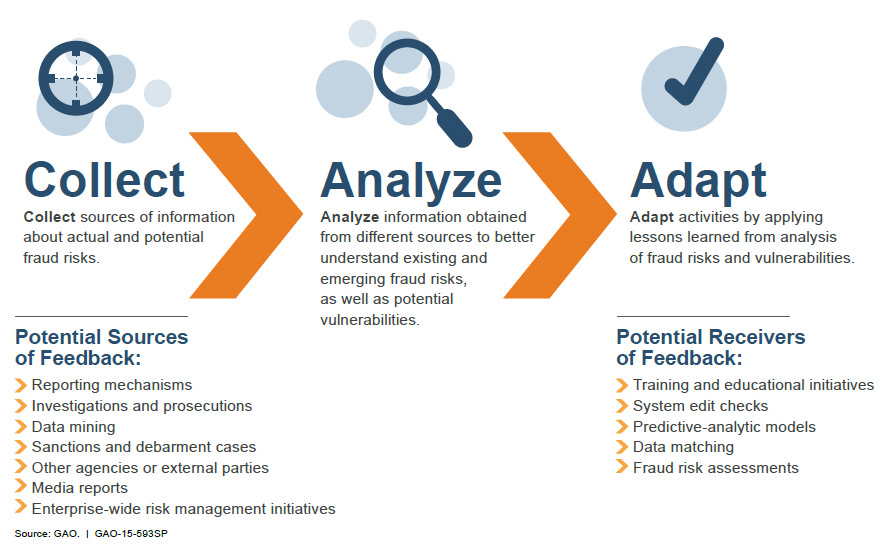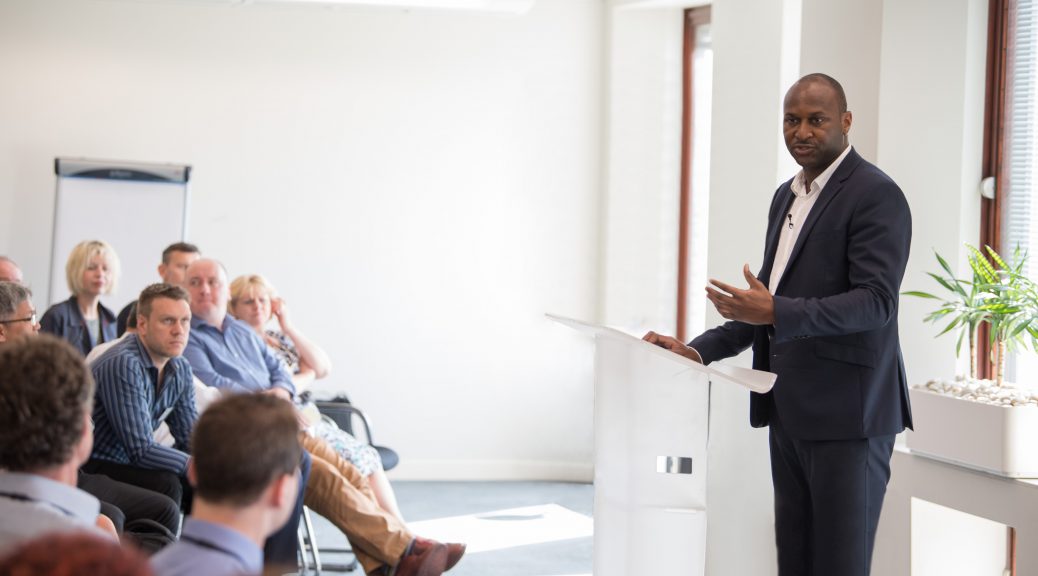
According to Bloomberg, the Financial Times and a handful of other newspapers, peer-to-peer lending could be headed for a collapse. What began as a new, innovative way of lending capital may have become a ticking time bomb.
The Chief Executive of Bibby Financial Services, David Postings, notes that the signs are negative: “We are seeing signs of overheating in the small and medium-sized business lending market. Credit terms are stretched and pricing is down. It has all the hallmarks of what happened to personal credit pre-2007. There will be a crash sooner or later. Peer-to-peer is unproven through a credit cycle. The platforms are not at risk but the people who put the cash in could lose everything. If you put your money in a bank the shareholders take the hit – they are the ones taking the risk.”
Peer-to-peer
At its core, this form of lending is a more individual form of finance. It allows interested investors to loan money to inventors, business owners and entrepreneurs, based on a pitch. Interest on the loan is set by the investor, but an attractive project or opportunity will likely receive several different loan offers, forcing potential investors to compete with each other.
As Postings has argued, interest rates may already have become too low, hinting a crash may be imminent.
For several years, however, peer-to-peer lending has gone from strength to strength. In 2015, the market peaked at $12 billion in loans. In the majority of cases, these were unsecured loans. Another problem is that investors in many instances knew little about the businesses they were loaning money to, and no understanding of the risks they were facing. There is also the question of the time and knowledge it takes to read the information provided by a company, and the ability to exert shareholder control. Listed equities are governed by extensive disclosure rules and rights that protect minority investors. Peer lending does not offer these kinds of controls.
It is common for banks to face criticism that they are reckless with their risks, or even abusive to customers. However, banks have the benefit of experience. They’ve seen many financial cycles, as well as weathered frauds and catastrophes. Although a big enough crash could bring them down, they’re generally diversified enough to prevent it. Peer to peer does not offer this kind of security.
There are several peer-to-peer lending platforms. The UK’s leading platform is Zopa, which has facilitated the lending of almost £3 billion since 2005. According to their website, 60,000 investors have lent an average of £13,000 to businesses and startups.
The Case of Rebus
Rebus was a company that primarily dealt with clients who had been mis-sold financial products. Through Crowdcube, a peer-to-peer lending platform, Rebus was able to raise over £800,000 from small investors. Over a hundred people had lent money to Rebus, with amounts ranging from £5,000 to £135,000, with the promise of gains between 6.4 and 10.6 times their investment.
The fall of Rebus would be the largest equity crowdfunding failure in the UK. Investors lost their money.
Julia Groves, of the UKCFA noted: “We should be in no doubt that there will be failures like Rebus [but]…the question is whether people understand the risks they are taking.”
The case of Rebus should be a reminder that all investments can fail, all investments can result in losses. The key difference between small-time lenders that use peer-to-peer platforms and larger scale investors is a diversity of portfolio. It is vitally important for prudent investors to manage risk by spreading investments – something that amateurs will not be aware of, or be able to afford. It has made peer-to-peer appear more and more like gambling, rather than as a needed source of finance to spur innovation and small businesses.
It’s likely that peer-to-peer lending in its current form does not have long left before a crash. However, the concept of lending to small businesses will continue. Large financial institutions are starting to see the benefit, and they can protect themselves much more effectively than small-time lenders.













 More than 300 hundred engineering students can now compete for a Sainsbury Management Fellows (SMF) Engineers in Business prize following its expansion from one to four universities. Engineers in Business is a business innovation competition aimed specifically at engineering undergraduates.
More than 300 hundred engineering students can now compete for a Sainsbury Management Fellows (SMF) Engineers in Business prize following its expansion from one to four universities. Engineers in Business is a business innovation competition aimed specifically at engineering undergraduates.











